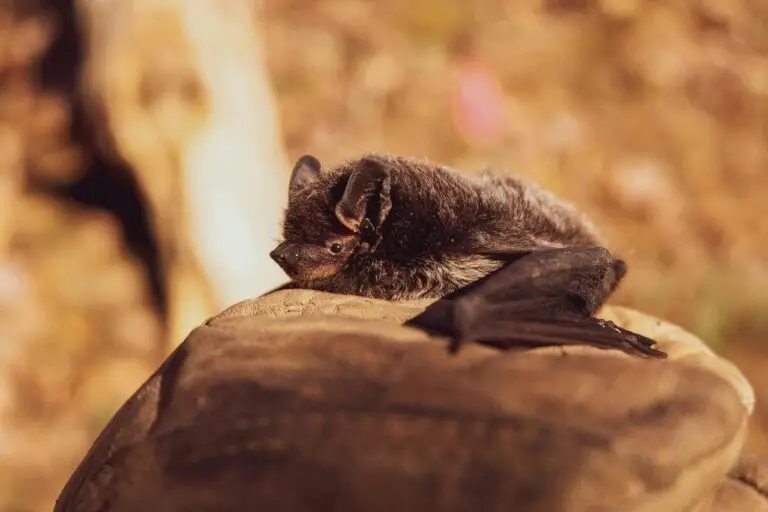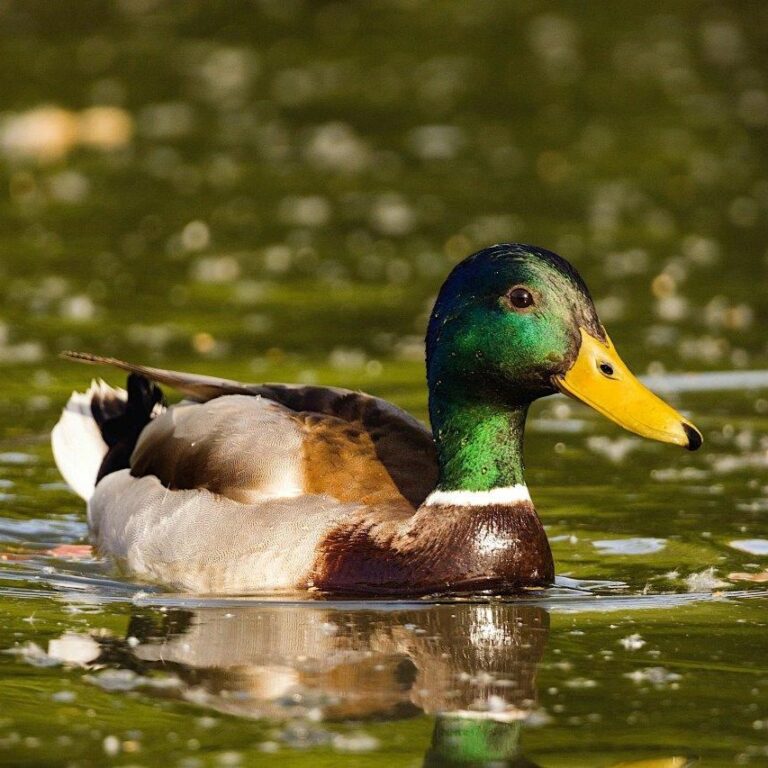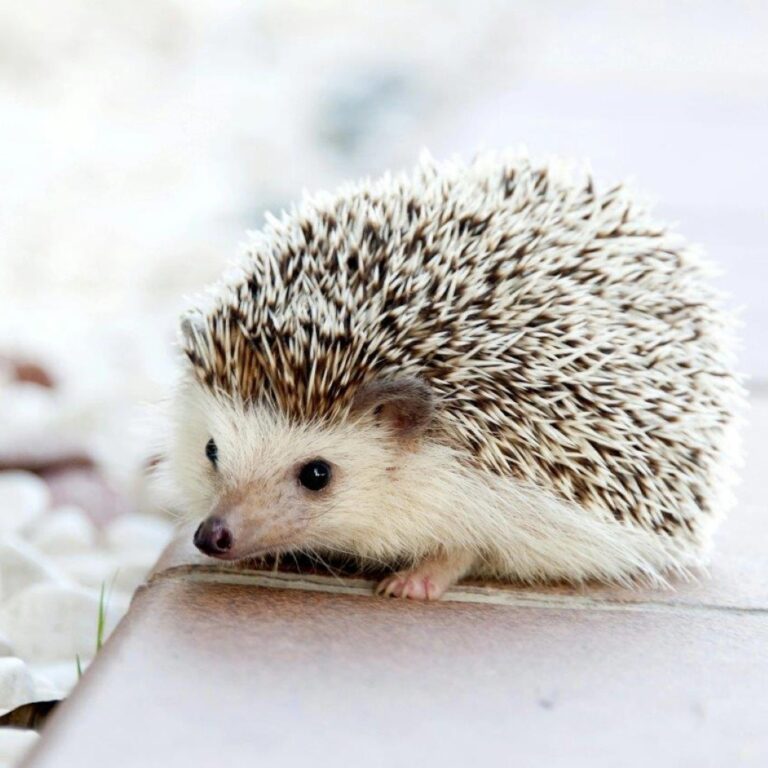Cats have been domesticated for around 9,000 years, with evidence of early cat domestication found in ancient Mesopotamia and Egypt.
The average cat sleeps for 12 to 16 hours a day, which means they spend about two-thirds of their life sleeping.
They have a specialized collarbone (clavicle) that allows them to always land on their feet after a fall, a trait known as the 'righting reflex.'
A group of cats is called a 'clowder,' and a litter of kittens is known as a 'kindle.'
They communicate using a combination of vocalizations, body language, and scent markings. They can produce over 100 different sounds, compared to just 10 for dogs.
The world's oldest known pet cat was found in a 9,500-year-old grave on the Mediterranean island of Cyprus, suggesting that cats have been cherished companions for millennia.
They have an extraordinary ability to jump, capable of leaping up to six times their body length in a single bound.
The cat's purr is a mysterious sound that is often associated with contentment, but cats also purr when they are frightened, in pain, or healing.
Each one's nose print is unique, much like a human fingerprint, making it one of the many distinctive features of these animals.
They have excellent night vision, allowing them to see in light levels six times lower than what a human needs to see.
The Guinness World Record for the longest cat is held by a Maine Coon named Barivel, who measures 3 feet 11.2 inches from nose to tail.
Their whiskers are highly sensitive and are used to detect changes in their environment, helping them navigate tight spaces and gauge the width of openings.
Cats can rotate their ears 180 degrees, giving them an exceptional ability to detect the direction of sounds and focus on specific noises.
A cat's grooming behavior not only helps keep their fur clean but also serves as a way to regulate their body temperature and reduce stress.
They have a natural hunting instinct, and even domesticated cats will often stalk and pounce on toys or other small objects as if they were prey.



